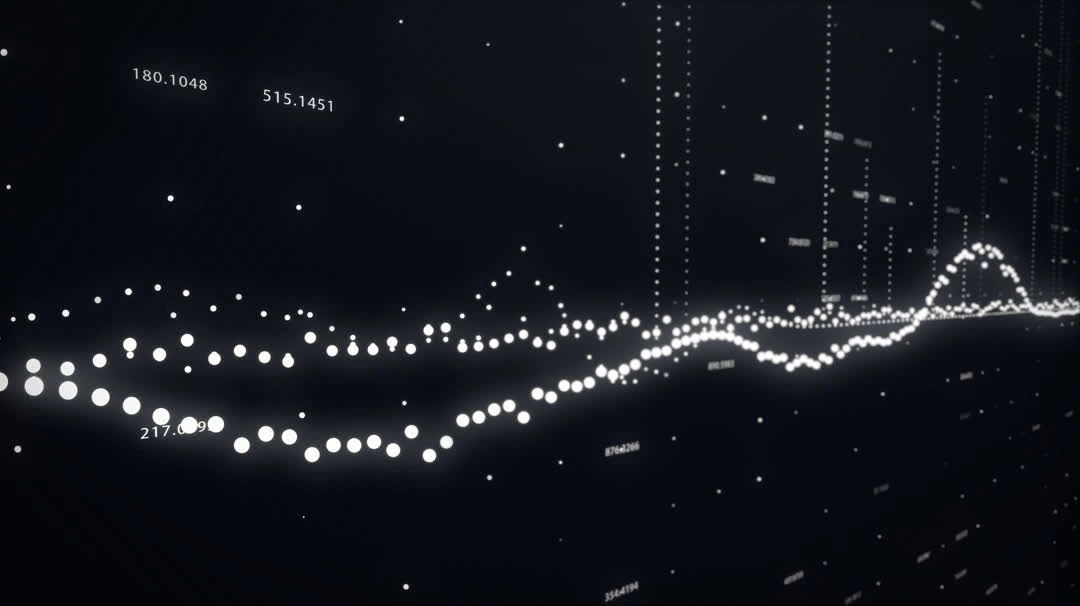
About Federal Power Ltd
Our Mission
Federal Power Limited (FPL), a part of the diversified , is the largest private thermal power producer in India. The company operates an installed thermal power capacity of 17,510 MW spread across 11 power plants in Gujarat, Maharashtra, Karnataka, Rajasthan, Chhattisgarh, Madhya Pradesh, Jharkhand, and Tamil Nadu, apart from a 40 MW solar power plant in Gujarat. With the help of a world-class team of experts in every field of power, Federal Power is on course to achieve its growth potential. The company is harnessing technology and innovation to transform India into a power-surplus nation and provide quality and affordable electricity for all.

Thermal Power Plants
AA thermal power plant is a facility that generates electricity by converting heat energy into electrical energy. This process typically involves burning fossil fuels (like coal, natural gas, or oil) to heat water, producing steam that drives a turbine connected to an electrical generator. Here's a breakdown of the process:
- 1. Heat Generation:Fuel (coal, oil, or natural gas) is burned in a boiler to produce high-temperature heat.
- 2. Steam Production:The heat from the combustion process is used to heat water in the boiler, converting it into high-pressure steam.
- 3. Turbine Rotation:The high-pressure steam is directed to a turbine, causing it to spin.
- 4. Electricity Generation:The turbine is connected to a generator, which converts the mechanical energy of the rotating turbine into electrical energy.
- 5. Condensation:After passing through the turbine, the steam is condensed back into water and returned to the boiler to repeat the cycle.

Hydro Power Plants
A hydroelectric power plant harnesses the energy of moving water to generate electricity. It typically involves a dam or diversion structure that channels water through a turbine, which spins a generator to produce power. This process utilizes the kinetic energy of the water, converting it into electrical energy. Here's a more detailed breakdown:Core Components and Function:
- Water Source:Hydroelectric plants are situated near rivers, streams, or other bodies of water with a consistent flow.
- Dam or Diversion Structure:Dams create reservoirs that store water and control its flow, while diversion structures channel water towards the turbine.
- Penstock:A penstock is a pipe or channel that carries water from the dam or diversion structure to the turbine.
- Turbine:The flowing water spins the blades of a turbine, converting the water's kinetic energy into mechanical energy.
- Generator:The rotating turbine is connected to a generator, which converts the mechanical energy into electricity.
- Transformer:The electricity generated is passed through a transformer to adjust the voltage for efficient transmission.
Types of Hydropower Plants:
- Run-of-river:These plants utilize the natural flow of the river without significant storage.
- Storage:These plants use dams to create reservoirs, allowing for water storage and regulated electricity generation.
- Pumped-storage:These facilities use excess electricity to pump water uphill into a reservoir, which can then be released to generate power when needed.

Wind Power Plants
A wind power plant, also known as a wind farm, is a facility that uses wind turbines to generate electricity. These plants consist of multiple wind turbines interconnected to a power grid, converting the kinetic energy of the wind into electrical energy. The electricity generated is then transmitted to homes, businesses, and other consumers. Here's a more detailed breakdown:How it works:
- Wind Turbines:These are the core components of a wind power plant. They consist of blades (usually three) that capture the wind's energy and a rotor that converts this energy into rotational motion.
- Conversion to Electricity:The rotating shaft of the rotor connects to a generator, which transforms the mechanical energy into electrical energy.
- Transmission:The electricity generated is then transmitted through a network of cables and transformers to the power grid.
Exploring the power of Federal innovations
Federal Power Ltd
H.o - 218/2, Free Press Journal Road, Nariman Point, Mumbai, Maharashtra 400021
Regional And Remote Office
(1) 217, Golden Tower Mahipalpur New Delhi - 110037
(2) 189/5 KG Road , Connaught place New Delhi -110001.
(3) Patna : 120A, Gopi tower, Saguna More, Patna, Bihar 801503.
(4) Ahmedabad : 31B Science City Rd, Thaltej, Ahmedabad, Gujarat 380060.
(5) Bhubaneswar : Unit 7, Building No, 201/A, 11th St, Kharvela Nagar, Bhubaneswar,
(6) Jaisinghpur : 14A/9 , Buhare Da Baag, Jaisinghpur, Himachal Pradesh 176095
(7) Lucknow: 189/5 B2 Vikrant Khand Gomti Nagar Lucknow 226001
Contact Us
Better yet, see us in person!
Mail us : hrindia@elistapowers.com
Federal Power Ltd
Federal power ltd, Block B, Mahipalpur Village, Mahipalpur, New Delhi, Delhi, India
Hours
Open today | 09:00 am – 05:00 pm |
Copyright © 2015 Elista Power Ltd - All Rights Reserved.
This website uses cookies.
We use cookies to analyze website traffic and optimize your website experience. By accepting our use of cookies, your data will be aggregated with all other user data.